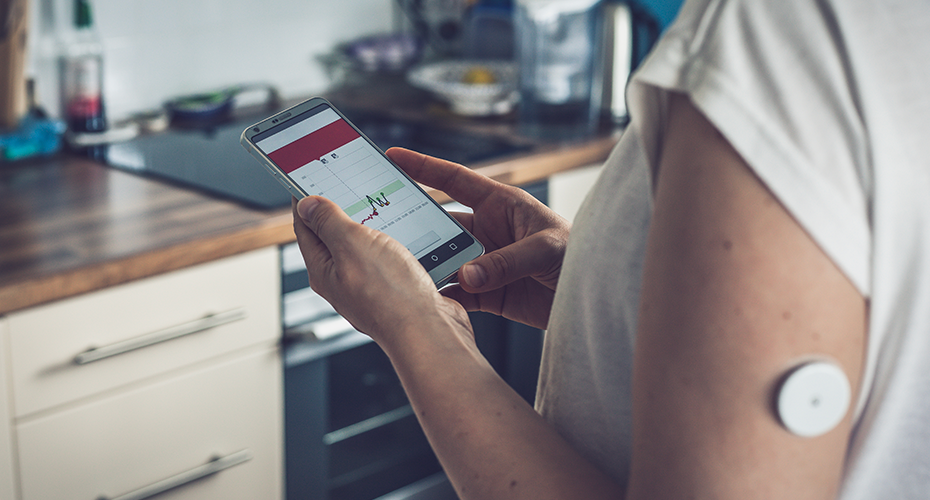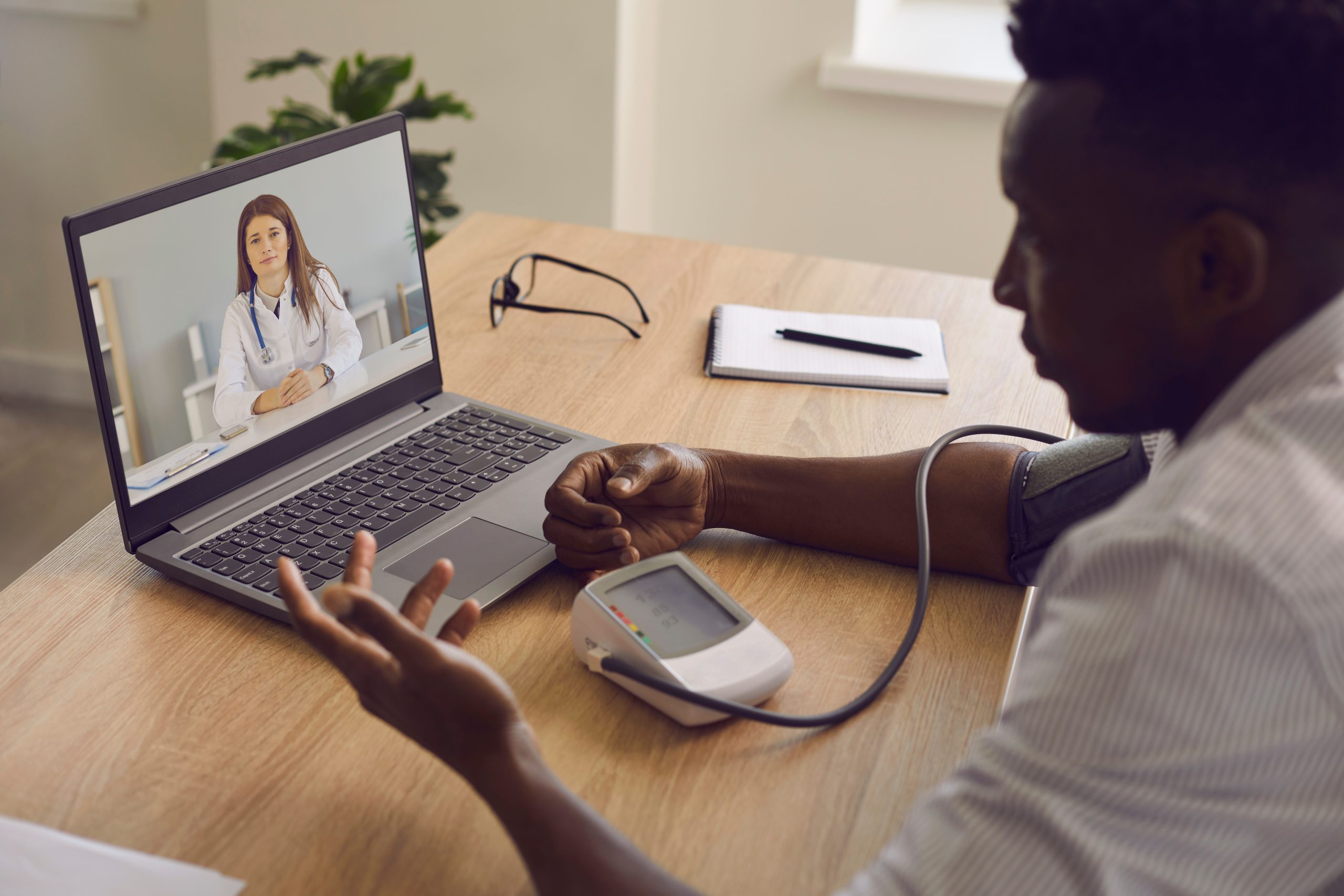
The Internet of Things: Being the best at developing and testing IoT products

By 2022, worldwide spending on IoT related devices and systems is likely to surpass $1.1 trillion USD, making it one of the single biggest drivers of man-made change in the world.
But the Internet of Things (IoT) isn’t a single technology; it’s a potentially vast ecosystem with many overlapping technologies and endless use cases. Add in the complexity that many IoT use cases are out in the physical world rather than a virtual, cloud world and you have a whole new set of factors to account for when developing and testing IoT products.
That’s why testing IoT applications and devices matters… a lot. They require rigorous, reproducible testing under real-life conditions before they can be even considered for market. And remember that no IoT system is an island, so there are interoperability challenges that must be worked out before it gets into the hands of end users. Finding one of these issues, or problems with a buggy UI or a defective algorithm, after the product has gone to market will spell disaster, costing time, money, brand equity and, crucially, any competitive advantage you may have had.
So, what constitutes a good IoT strategy?
Over the years, Apexon has worked on many IoT projects covering everything from ingestible biosensors to sports equipment so we’re in a good position to say.
We’ve learned that state of the art lab-driven development is one of the best ways to reduce pressure on testing. It’s something we’ve invested heavily in, because it enables us to validate IoT projects in a variety of conditions that would otherwise be impossible, putting an immense amount of pressure onto the testing phase. By recreating real-life scenarios in a lab environment, we can continuously test all of the product’s potential interactions within an ecosystem during the development phase. In other words, it’s a good idea to think of testing in IoT as a continuous process rather than something that should be tacked on at the end.
Another potential response to the mounting pressure placed on the development and testing of IoT products is automation. Surprisingly, there are still a large percentage of organizations out there that are automating less than a third of their testing. This would have been fine a decade or two ago, but IoT devices are so much more demanding with a broader catalogue of potential use cases, that to carry on handling each test case manually will lead to extensive backlogs and delays. In an age where businesses need to remain agile and get their products to market as quickly as possible, with as little risk as possible, manual testing simply doesn’t work at scale.
Continuous, automated, lab-driven testing is best response to the questions raised by IoT. It enables organizations to accelerate their development and testing cycle without compromising on quality, service or end user experience – all while remaining agile and maintaining a competitive edge in a very diverse market.
Whether you manufacture components, devices or all-encompassing solutions, Apexon can help you get your IoT use case to market quickly with minimal risk. To find out more, simply fill in the form below and we’ll be in touch.




